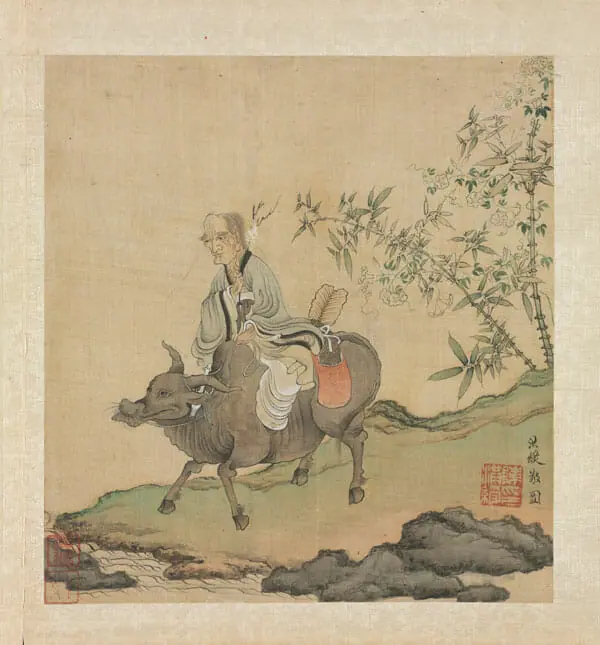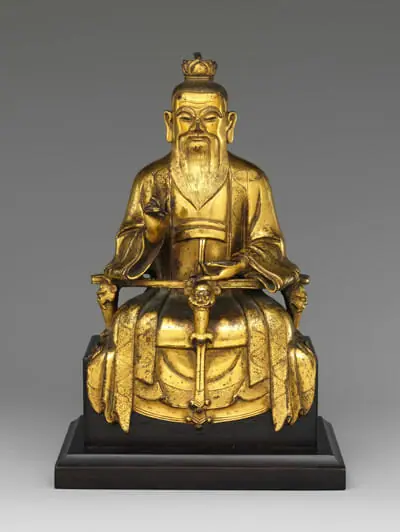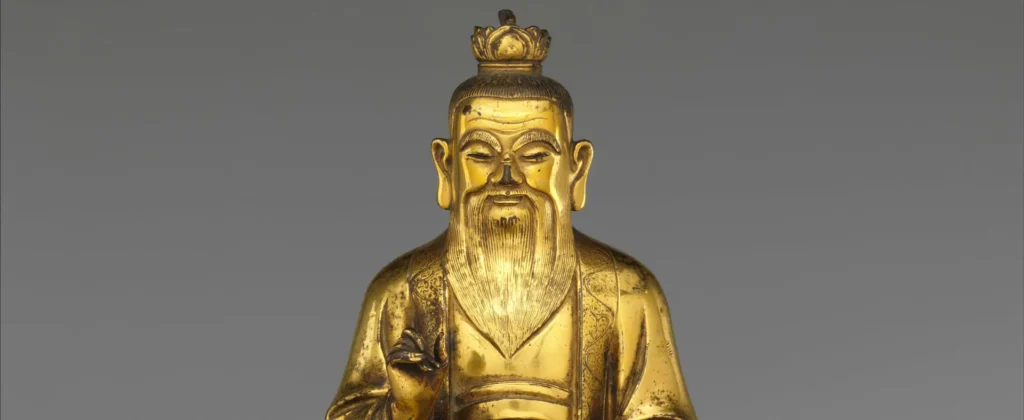Daoism is one of the Sanjiao (“Three Teachings”). It was decreed a state religion during the Tang dynasty (618–907 BC), when people were required to keep Daoist texts in their homes. It fell somewhat out of favour at the end of this period, being replaced with Confucianism and Buddhism. To this day, belief in the importance and relevance of Daoist teachings remains widespread, and its influence can be seen in practices in both China and across the world.
The fundamental texts of Daoism were written more than two thousand years ago, in the fourth to sixth centuries BC. The first and most famous is Laozi’s Dao De Jing (one translation being “The Classic of the Way” – but the subject of translation is an article in itself). The second is Zhuangzi, a collection of material named after its author, and whilst less known, it is also widely translated and remains in print. The continued popularity of these texts tells us something about their ability to connect with us at a deep level, to speak meaningfully to people of different epochs, cultures, geographies and languages. These are works that, in their understanding of the human condition, transcend the limits of both the space and time in which they were written.

Unlike the Analects of Confucius, whose prescriptive and pedantic style can be off-putting to the modern reader, the Dao De Jing and the Zhuangzi present us with imaginative, poetic language, beautifully crafted images and allegorical stories. There is some risk here for us, as the aphoristic and esoteric style of the Dao De Jing lends itself to quotations of the kind regularly shared on social media by those who strive to impress.1Quotations of an aphoristic nature can be appealing and are easily shared on social media, but disconnected from their source are too often reduced to displays of (pseudo) wisdom or for virtue signalling. Furthermore, for millennial metropolis-dwellers of the twenty-first century alienated from each other and the natural world around us, there is the temptation to view these texts as championing a return to a historical past when people lived in harmony with the patterns of the natural world. For this reader, it is hard not to give some credence to this latter view, but it is crucial that we avoid romanticising the Dao De Jing, rather that taking it for what it is: a book of philosophical teaching for putting into practice.
The key texts of both Daoism and Confucianism were written during the Classical period, the time of the Warring States (around 473–221 BC). It is notable that whilst Confucianism was at that time a recognised school with a master and identifiable disciples (students), the same is not true of Daoism. We know almost nothing of the lives of Laozi and Zhuangzi, and there is no evidence of a school of thought attached to their teachings. It was not until centuries later that the term “Daoism” was coined. Only then did Laozi and Zhuangzi become known as Daoist philosophers, and this for the central and unique role they assigned to the Dao in their writings. For Daoists, the Dao represents the fundamental order of the universe, that which governs all experience and holds the key to wisdom and fulfilment. We focus on the teachings of the Dao De Jing in our other articles on Daoism.
It is worth noting here that there is considerable disagreement over the authorship of the Dao De Jing. Most modern scholars (at least, most modern Western scholars) believe the text to be the composite work of a number of authors, and many claim that the man Laozi never really existed. The name “Lao Tzu” or “Laozi” is not a given name as such, but simply means “Old Master”. There is however a strong authorial voice in the Dao De Jing, and this fact alone may interrupt the inclination to believe that it is a composite work. The attempt to deny Laozi’s authorship moreover, may be motivated by a scepticism directed towards the transmission of ancient wisdom in general.

Of the accounts of Laozi, the man, the most widely regarded is probably that of the historian Sima Qian (145–86 BC), who reported that Laozi was a natural philosopher who worked as a curator of the Royal Library in the state of Chu. Frustrated at the failure of those around him to achieve lives of harmony and fulfilment, he exiled himself. As he was leaving China by the western pass, he was recognised by the gatekeeper as a man of great wisdom, a philosopher. The gatekeeper asked him to write down his teachings before leaving civilisation. Laozi obliged, sitting on a rock beside the gate he wrote a text – the Dao De Jing – which he gave to the gatekeeper before disappearing into the mists.
Whatever your position on authorship, we can be sure of one thing: the Dao De Jing arose out of a deep observation and profound understanding of the natural world and a belief in the harmony and balance of the cosmos. Like other key texts of ancient wisdom, it offers great insight for those willing to spend the time reading and reflecting. From this text come the concepts of Ziran (“self-sameness”) and Wuwei (which can be loosely translated as “non-action”) – both of which will be explored in other articles – as well as accounts of the nature of the Dao, language, power and the self. Even when we struggle to comprehend its meaning, the Dao De Jing is a pure joy, a drink of clear crystal water on a hot dry day.
